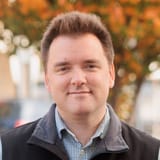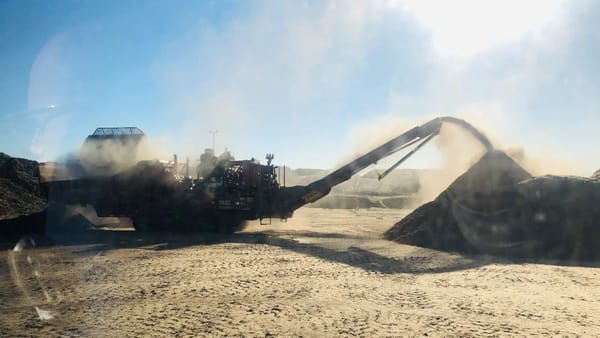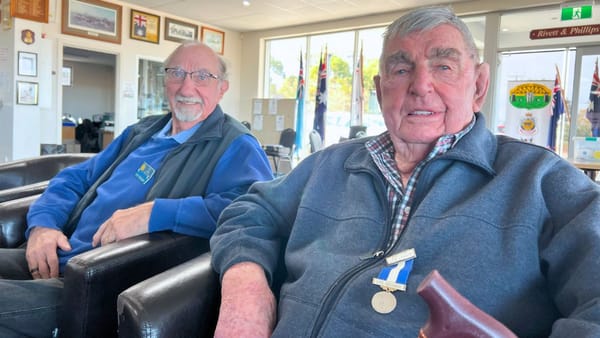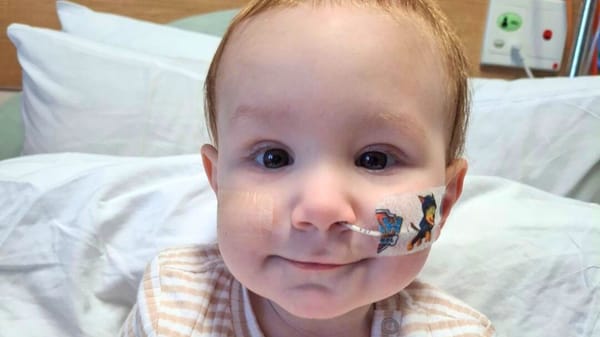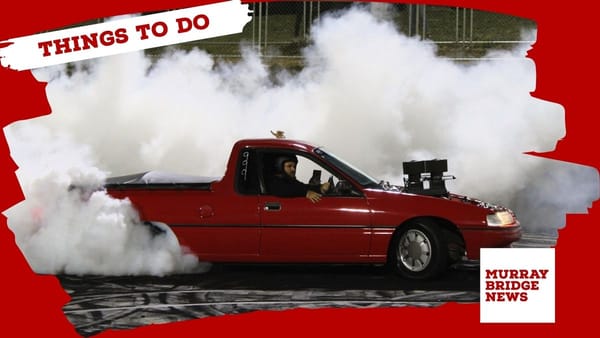‘If you don’t know, find out’, urge Voice campaigners in Murray Bridge
Campaigners for a yes vote have aimed to clear up a few misconceptions about the upcoming Voice referendum at a public forum.

Locals support locals – that’s why this post about the upcoming referendum is free to read. Your support helps Murray Bridge News tell important local stories. Subscribe today.

If you don’t know, find out.
That was the message from the speakers at a public forum about the upcoming Voice referendum in Murray Bridge last week.
About 40 people came along to John Dohler Hall last Tuesday morning to hear from Ngarrindjeri elders Eunice Aston and Lawrie Rankine, advocates Melissa Clarke and Gail Brennan, and representatives of AC Care and the SA Council of Social Service.
All of the speakers were in favour of a yes vote – and they were determined to dispel some of the misconceptions about the proposal to establish an Indigenous Voice in Australia’s constitution.
For one thing, Ms Clarke said, the current proposal was not “Labor’s voice”.
It was the product of consultation sessions held around the country last decade, culminating in the 2017 constitutional convention that had produced the Uluru Statement from the Heart.
“Policies and laws need to be (made) … on the basis of our lived experience, our expertise, our solutions,” she said.
Locals support locals. Your support helps Murray Bridge News tell important local stories.
For another thing, there was very little mystery about what the Voice would look like.
Eight principles had been agreed on by the 41-member group of leaders and experts which had advised the federal government on the referendum:
- The Voice will give independent advice to the parliament and government
- The Voice will be chosen by Aboriginal and Torres Strait Islander people, based on the wishes of local communities
- The Voice will be representative of those communities, gender balanced and include youth
- The Voice will be empowering, community-led, inclusive, respectful and culturally informed
- The Voice will be accountable and transparent
- The Voice will work alongside existing organisations and traditional structures
- The Voice will not have a program delivery function
- The Voice will not have a veto power
In other words: it would not be able to force the government to do anything, it would be subject to the same rules as any other federal agency, it would not replace anything, it would not be able to act on its own advice, and it would not be able to overrule any government decision.
“If the yes vote gets up … the government will work with Aboriginal and Torres Strait Islander communities (on any additional details) around what a model will look like,” she said.
“The referendum working group took a very long time, a lot of argy-bargy, to come up with this.”
One by one, the panel members made their cases for a yes vote.

“For me this Voice is a ray of hope for Ngarrindjeri and all Aboriginal and Torres Strait Islander people, and all Australians. Too long we’ve worked against each other. For once in our lives, let’s work together and move Australia forward … A no vote would mean nobody respects Aboriginal people in this country … We don’t need rescuers. We need people to come and walk alongside us.” –Eunice Aston

“Being in the Australian constitution would solidify all the efforts our old people have been trying to do over a number of years ... It only took the stroke of a pen to get rid of things like Aboriginal community controlled organisations, like ATSIC, like the National Congress (of Australia’s First Peoples). We’re tired of these sorts of things happening.” –Lawrie Rankine

“Aboriginal and Torres Strait Islander people make up 32 per cent of Australia’s prison population. Our children make up 43% of children in out-of-home care. Only 68% of our students finish year 12. That’s not good enough. We need to be thinking bigger. Aboriginal communities have solutions.” –Gail Brennan

“It’s like a broken telephone. Communities are talking, but the message doesn’t get heard (in Canberra). Let’s ensure a strong line of communication, a strong voice, so more truth can be told and the aspirations of communities can be taken seriously and responded to appropriately.” – Sue Tilley

“On the Tiwi Islands (where I worked on a mental health program with Red Cross) … when we started to listen, we started to get outcomes, and things started to change in that community. We began to respect the expertise of the people who had kept that community safe for thousands of years, and it wasn’t until we listened that things started to change.” –Shane Maddocks
Unlike the last Voice forum to be held at the same venue, only a few members of the audience put questions to the panel.
Would the Voice end racism or segregation in Australia?
No, but it would be a step in the right direction, Ms Clarke said.
What would the referendum ballot paper look like?
Speakers referred people to www.aec.gov.au for a sample ballot paper; or voice.gov.au for the wording of the question, and the amendment to be made to the constitution.
Ms Brennan said it was important for voters to understand that, although official “yes” and “no” campaign material had been sent out by the Australian Electoral Commission, there was no requirement for that information to be truthful.
Under Australian law, it was perfectly legal for politicians to lie in their campaign material.
She didn’t want to imagine what it would be like if a majority of Australians voted “no” at the referendum.
Ms Aston had an idea, though.
“A no vote would mean nobody respects Aboriginal people in this country,” she said.
- More information about the Voice proposal: Visit www.nrec.org.au/nationalvoice or voice.niaa.gov.au. For the official Yes campaign, visit www.yes23.com.au. For the No campaign, visit www.fairaustralia.com.au.
- More information about voting: For a sample ballot paper, visit www.aec.gov.au. For the wording of the question, and the amendment to be made to the constitution, visit voice.gov.au.
- Read the Uluru Statement from the Heart: ulurustatement.org.
Locals support locals. Your support helps Murray Bridge News tell important local stories.

